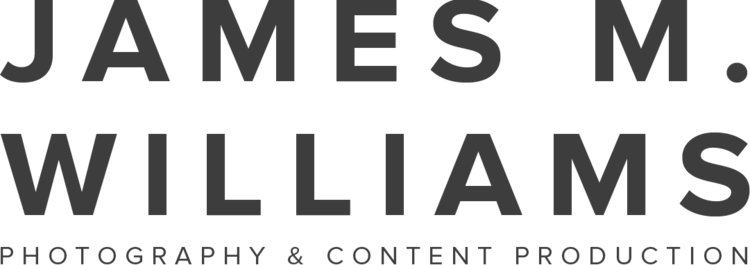There is very little that can be deemed from reading specification sheets. Or to that point, hearing/watching other people read specification sheets. Specs are important, but the only real way to see the qualities of any equipment is getting real world, hands on experience with the kit.
This Pictor Zoom from DZOFilm is a bit of an interesting one. Breaking the mould of technically perfect, hyper accurate and (for most) unapproachably expensive cine zoom lenses available for EF mount, this 20-55mm T2.8 has an respectable RRP of £2,110.80 incl. VAT. Comparatively, this lens is cheap when you put it next to similar offerings from Canon or Carl Zeiss (between £6K -> £18K).
But that’s not to see it performs worse. It’s also not to say it performs the same, or better. In fact, it’s tricky to put into words exactly how this lens performs, apart from to say; the Pictor Zoom is clearly designed to create artful and beautiful images - not technically perfect images. This lens has some magic to it which is difficult to define.
I was lucky enough to get a beautiful clear day in the New Forest in order to shoot a bit of footage with this new lens and it was a great way for this lens to show its character.
The thing I noticed first was the edges of frame and how they seem to soften and even introduce some interesting chromatics whereas the centre of the of images remains moderately sharp and under control. It almost has the feeling of a anamorphic lens in some respects.
I say ‘moderately sharp’ as these lenses intentionally produce an image that doesn’t feel ‘oversharp’, moving away from the obsession with sharpness and focusing on a more subtle aesthetic.
Pictor Zoom captures crisp details while expressing organic look and cinematic texture.
-DZOFilm
Creating an ‘organic’ looking lens isn’t a excuse for producing an un-sharp lens however, on the contrary, as details are rendered well and sharpness is still good across the entire 20-55mm range and even wide open at T2.8. It feels like they’ve got the balance right here.
Shooting 10bit Canon Cinema Raw Light with this lens produced images with very pleasing colour rendition. Colours don’t seem too vivid and the tones feel quite neutral. However, when pointed directly at a light source, contrast and colours seemed to wash out a bit meaning I tended to want to bring back a touch of saturation in the grade.
In terms of flares, personally I love what this lens does both when shooting directly into a light source and when the light is casting across the front element. It seems to go from a pleasing warm glow casting across the frame edge into an almost anamorphic streak, before a purple glow makes it way into shot which tends to dance and flicker in the most satisfying way. Of course, lens flares are hugely subjective and the way this lens reacts to hard light may be off-putting to some.
When shooting directly a light source the flares offer a beautiful warmness with the only distracting feature being some small bright green orbs which can sometimes be seen and are more evident at certain focal lengths. This is to be expected of course though from a zoom and overall the image is very well controlled when shooting into a bright source of light.
Bokeh is beautiful, non-distracting and smooth thanks to the 16 blade iris. I can’t really a lot more than that, its simply stunning. What is really interesting is how the light tends to spill and bloom around backlit subjects in the most pleasing fashion, very reminiscent of some classic, well known cine primes.
All of the typical things you’d expect from a professional Cine Zoom are here. Minimal focus breathing and parfocal design. I would however comment that achieving perfect parfocal calibration requires some tinkering with the included shims in order to adjust the back focus. If you’ve not done this before (like I hadn’t!) then it’s worth allowing yourself a hour or so to play and get it right. It’s not a difficult task by any stretch and everything you need is including with the lens, it just takes a good amount of tinkering, testing and adjusting. If they had perhaps built in a backfocus adjustment directly into the lens in a similar way to Fujinon with their MK lenses, that would have just been the icing on the cake.
I typically shoot with faster primes, so I’m interested to see how I get on with T2.8, but overall, I love having this lens in my arsenal. It’s the kind of lens that I can imagine using a lot to achieve the look and feel I aspire to create for my clients. Something textural, organic, interesting and beautiful. And with the versatility of the excellent 20mm to 55mm focal length and T2.8 across the entire range, it ensures this lens is an excellent option for many projects.








